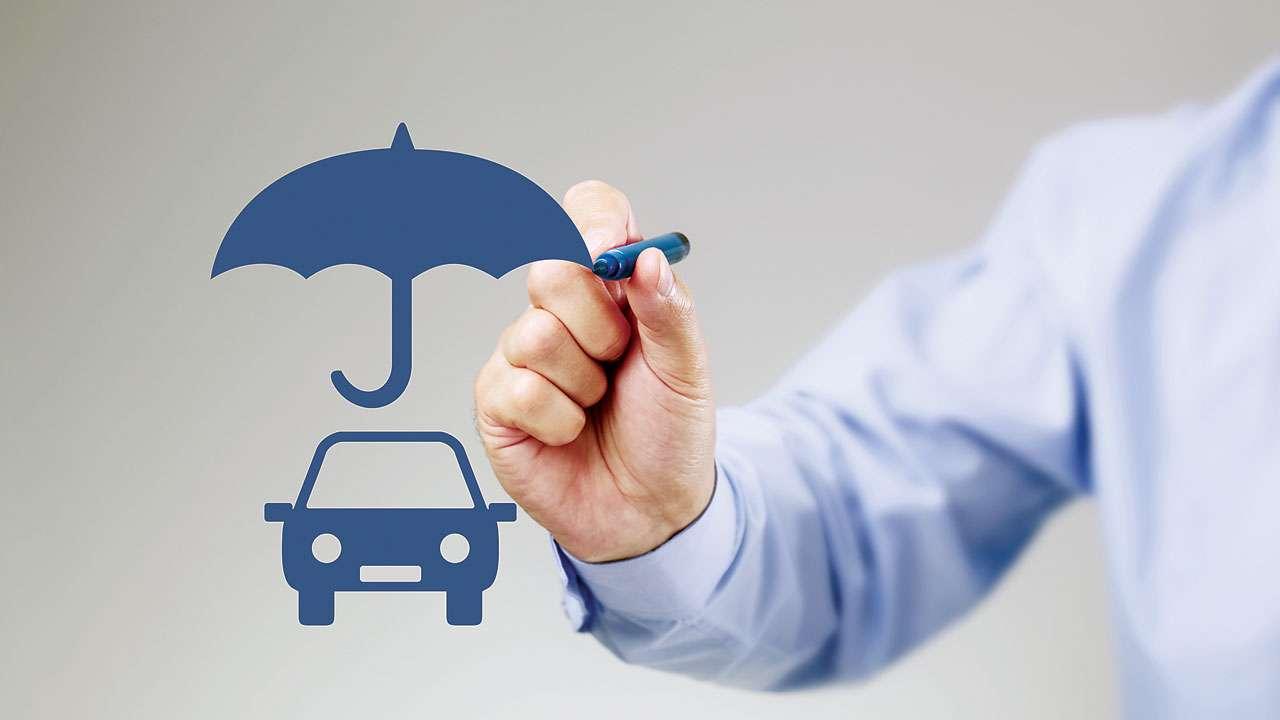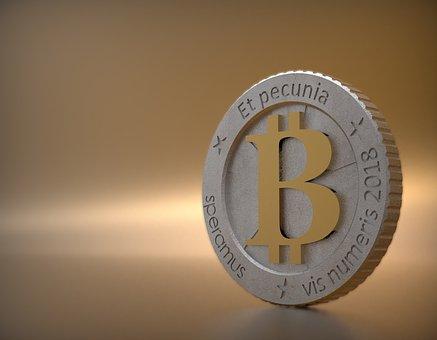Candy bars fuel American drivers, beating out French fries, breakfast sandwiches and chicken nuggets as the go-to food for motorists in this year’s Insure.com survey.
Insure.com surveyed 1,000 drivers and asked them about their favorite meals on wheels. We also inquired about whether their tasty driving treats have led to tickets and accidents.
Despite many drivers saying they eat behind the wheel, most respondents acknowledged that munching while motoring is a form of distracted driving. Nearly three-quarters of respondents (74%) agreed with that sentiment, which was similar to our surveys in 2020 (66%) and 2019 (70%).
Eating while driving isn’t limited to one age group. We found that about three-quarters of every age group admitted to the habit — except one. The only group with a lower percentage was 25- to 31-year-olds. Sixty-one percent of that age group admitted to eating while driving.
Drivers also believe that other motorists are snacking behind the wheel, too. About two-thirds of respondents estimated that at least 60% of other drivers eat behind the wheel.
What are drivers eating?
Here are the favorite foods in cars:
- Candy bars — 39%
- French fries — 37%
- Breakfast sandwich — 25%
- Chicken nuggets — 23%
- Potato chips — 22%
- Fresh fruit — 20%
- Granola or energy bar — 20%
- Hamburger — 19%
- Doughnut — 18%
- Bagel — 17%
- Burrito — 12%
- Pizza — 12%
- Hot dog — 8%
- Ice cream cone — 7%
- Sandwich or sub — 5%
- Wrap — 5%
- Muffin — 4%
- Taco — 2%
- Yogurt — 2%
- Nachos — 2%
Candy bars topped the list for the second time in three years. That snack came in first in 2019. Granola/energy bars were the top choice in 2020.
There was a food preference difference depending on gender. Women preferred candy bars and French fries more than any other snack. Men also liked candy bars, but breakfast sandwiches were nearly as popular.
When it comes to what foods to eat in the car, drivers said they want something easy. Here are the responses:
- I will only eat foods that I like that are easy to handle while driving — 43%
- I just get what’s convenient that I like to eat — 15%
- I take into account how hard it will be to handle the food while also driving, but generally still get whatever I feel like eating regardless — 15%
- I never eat or drink in my car — 15%
- I never eat, but I will drink in my car — 12%
When it comes to where they get their food, drivers said they prefer to pick up their car food through a drive-thru. Forty-five percent chose fast-food drive-thru as their number one source. Sixteen percent bring food from home and 12% said they pick up grub at a gas station or convenience store.
Women especially prefer the drive-thru — 53% of women chose that source for driving munchies compared to 38% of men.
Why do drivers dine behind the wheel?
In the previous two years, drivers blamed long commutes for their dine and drive habits. However, the top reason why people eat behind the wheel this year was almost evenly split between the top four choices.
Here are the 2021 figures:
- I only eat in the car on road trips so I can keep to my schedule — 22%
- I really don’t enjoy it, but it’s convenient, so I do it — 21%
- I have a long commute — 20%
- I like to save time, so I have more time at my destination — 19%
- I am always rushing and don’t have time to eat at home or restaurant — 13%
- I rarely cook — 5%
How often do drivers eat while driving?
Nearly half said they only chow while cruising when they go on long road trips.
- Only on trips that are an hour or more — 46%
- Once or twice a week — 25%
- Never — 14%
- Once or twice a day — 8%
- More than twice a week — 8%
Men admit to eating and driving more often than women. Twenty-one percent of men and 6% of women say they eat and drive daily. Females are much more likely to say they only eat and drive on trips of more than an hour or more — 58% of women; 34% of men.
QuickTake
Tickets and accidents
Eating while driving may satisfy your hunger, but it can also lead to dangerous driving, tickets and accidents.
The good news is that more than one-half of drivers said they’ve never had an accident, a near-miss or received a ticket because of eating while driving.
- I’ve never had an incident, come close to one or received a ticket — 59% (down from 70% in the 2020 survey)
- Had a near miss — 15%
- Got into a fender bender (damage under $2,000) — 12%
- Got into a major accident (damage over $2,000) — 6%
- Got pulled over by police for traffic violation — 4%
Men were more apt to have a food-related traffic incident. More than half of men said they’ve had some type of food-related traffic issue:
- Near miss — 21% men; 7% women
- Fender bender — 19% men; 3% women
- Major accident — 9% men; 3% women
- Pulled over — 6% men; 1% women
- Drove off lane or the road — 4% men; 7% women
Most distracting eating while driving moments
For the third straight year, unwrapping food remains the biggest driving distraction for behind-the-wheeler chowers.
- Unwrapping food — 30%
- Wiping a spill or stain — 23%
- Reaching for something — a salt packet, napkin or stray fry — in the bottom of a bag — 22%
- Stashing the trash (food wrapping or containers/napkins) in the car somewhere — 13%
- Putting salt, ketchup, salsa or another condiment on food — 11%
Eating while driving and distracted driving laws
Eating behind the wheel can distract you from the road — and distracted driving can be deadly.
The Governor’s Highway Safety Association said distracted driving led to 3,142 deaths or 8.7% of total traffic fatalities in 2019. That was a 10% increase over the previous year.
Nearly all states have laws against texting and talking on the cellphone while driving. Forty-eight states and the District of Columbia have texting bans and 37 states don’t allow drivers to use cell phones.
States don’t have as many laws specifically against eating while driving. Washington is a state that made it illegal to drive while eating or applying makeup. Drivers caught eating behind the wheel face a $136 ticket for the first offense and $234 for the second offense. Police also notify car insurance companies, which can lead to higher auto insurance rates.
Though many states don’t explicitly target eating while driving, consuming a meal while motoring could be against distracted driving and reckless driving laws. In California, police can cite you for reckless driving if you’re caught eating while behind the wheel. Georgia also tickets drivers for eating while driving.
How much do insurance rates increase from distracted driving tickets?
Distracted driving doesn’t just put you and other drivers at risk. It also can lead to higher auto insurance rates.
An Insure.com rate analysis shows that car insurance rates rise by an average of 22% for a distracted driving ticket. That result is similar to rate increases for texting or speeding tickets.
That means that if your annual car insurance rate is $1,300, an increase of 22% would be $286 a year. That breaks down to around an extra $24 per month. You could also lose good or safe driver discounts, which are usually worth 10 to 25%.
If you wind up getting tickets that will increase your auto insurance rates, shop around and get quotes from multiple car insurance companies. Insurers vary in how they devise rates. Your insurer may raise rates, while another might give you a break.






